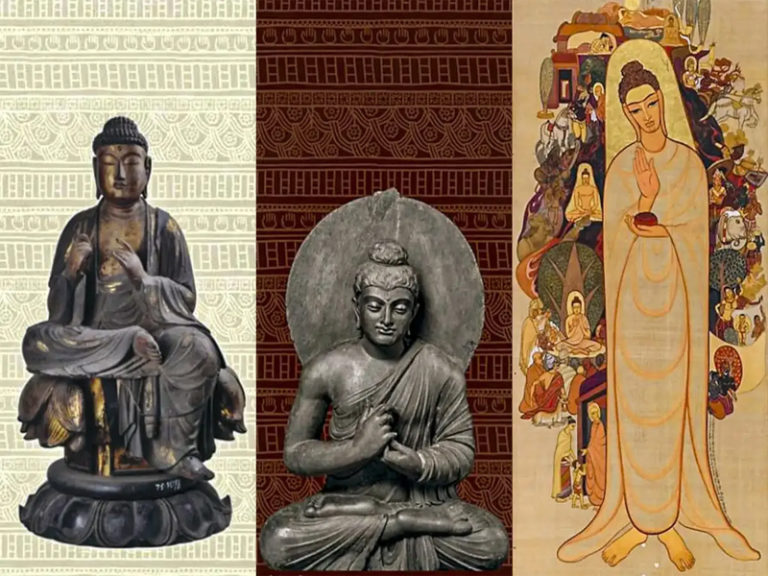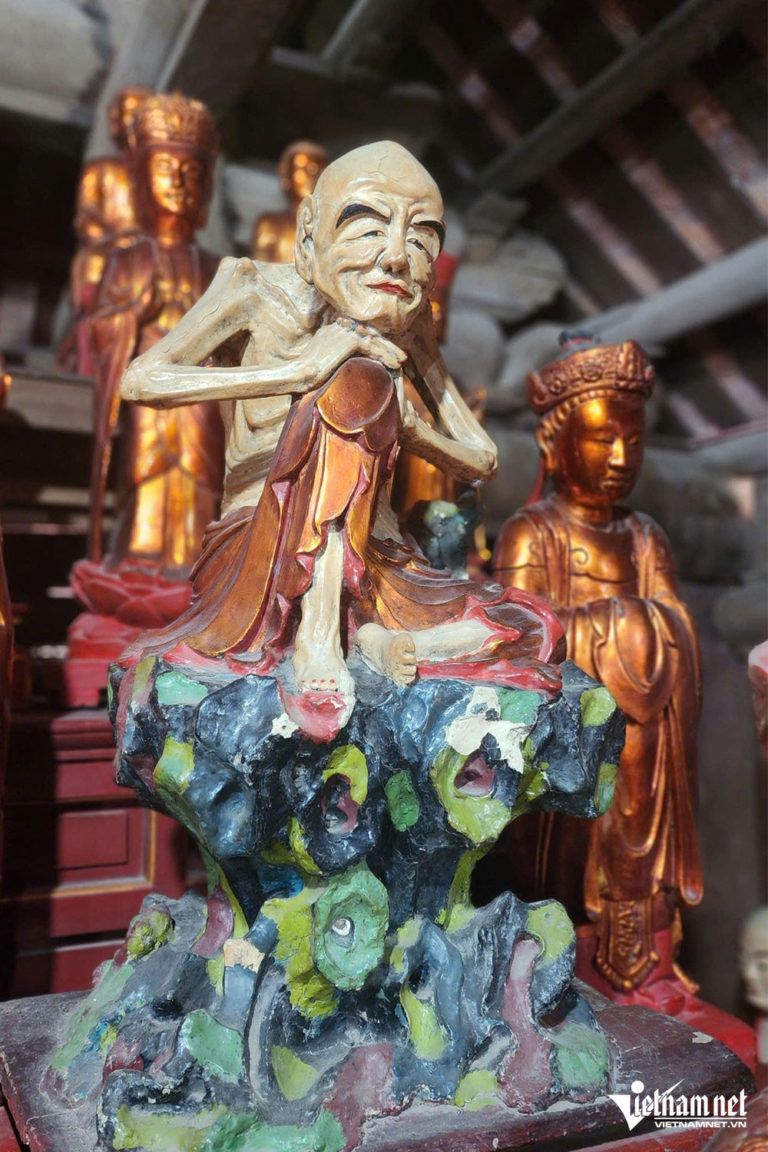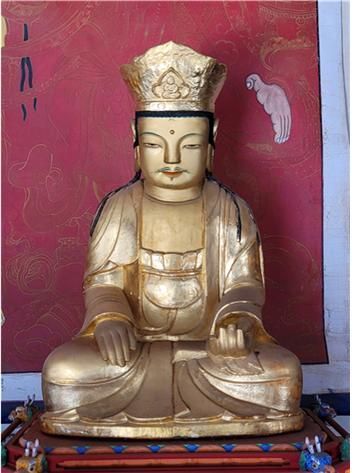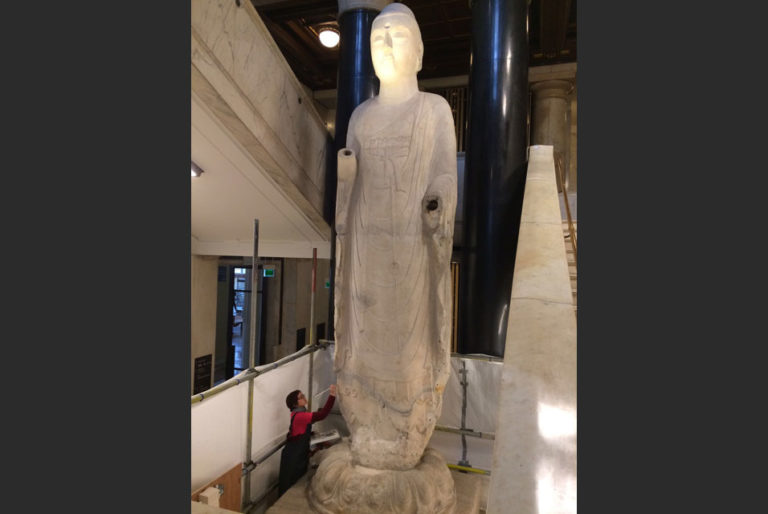Gandhara, located in present-day Pakistan, holds profound historical and spiritual significance for Buddhism. Once a thriving hub of Buddhist thought, art and culture, Gandhara played a vital role in the dissemination of all three major schools of Buddhism—Theravada, Mahayana and Vajrayana.
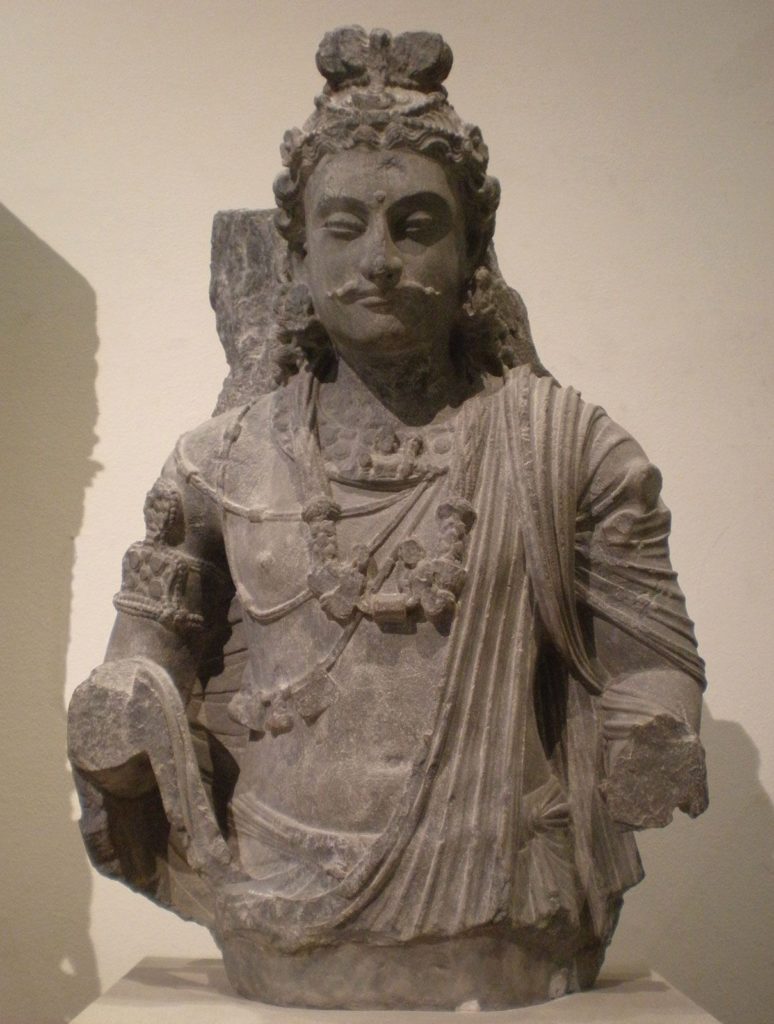
While Theravada Buddhism, rooted in the teachings of Lord Buddha, is most prominent in South and Southeast Asia, Gandhara maintains a spiritual link to the Buddha himself. Ancient lore and accounts, such as those by the Chinese pilgrim Faxian, recount stories of the Buddha’s past lives in the Gandharan region—particularly in Taxila—adding symbolic weight to the connection.
Mahayana Buddhism, the largest Buddhist tradition today, finds even deeper roots in Gandhara. Scholars believe the Mahayana Sutras were transmitted from Gandhara to China, forming the foundation of East Asian Buddhism. The discovery of the Gandharan birch-bark scrolls, dating from 1–3 BCE and written in the Gandhari language, mark the earliest known manuscripts of Buddhist teachings. This lends Gandhara a pivotal role not just in the spread, but in the very documentation of Buddhism.
Vajrayana Buddhism, practiced in Tibet and the Himalayas, also traces its origins to Gandhara. Its founder, Padmasambhava—the “Lotus Buddha”—is believed to have been born in Odhiyana, identified with today’s Swat Valley, a subregion of Gandhara. He later journeyed to Tibet and became central to the spiritual foundation of Tibetan Buddhism.
Additionally, Gandhara was an important center during the reign of Emperor Ashoka, one of Buddhism’s most influential patrons. His son Kunala established a monastery in Taxila, underscoring the region’s religious and political importance within Ashoka’s empire.
Today, Pakistan is re-embracing its Buddhist heritage, with public and private initiatives aiming to promote Gandhara globally. The revival of interest is not merely historical—it represents an opportunity to reconnect with millions of Buddhists worldwide and position Pakistan as steward of a legacy that shaped Buddhist philosophy across continents.
Gandhara wasn’t just a historical footnote—it was, and could again become, a spiritual epicenter for the Buddhist world.

